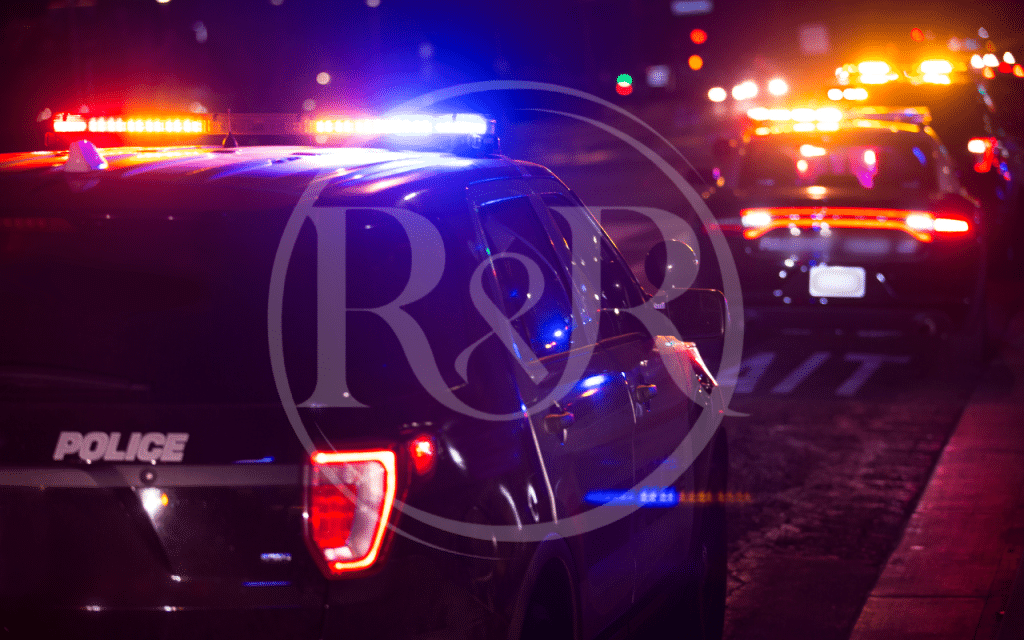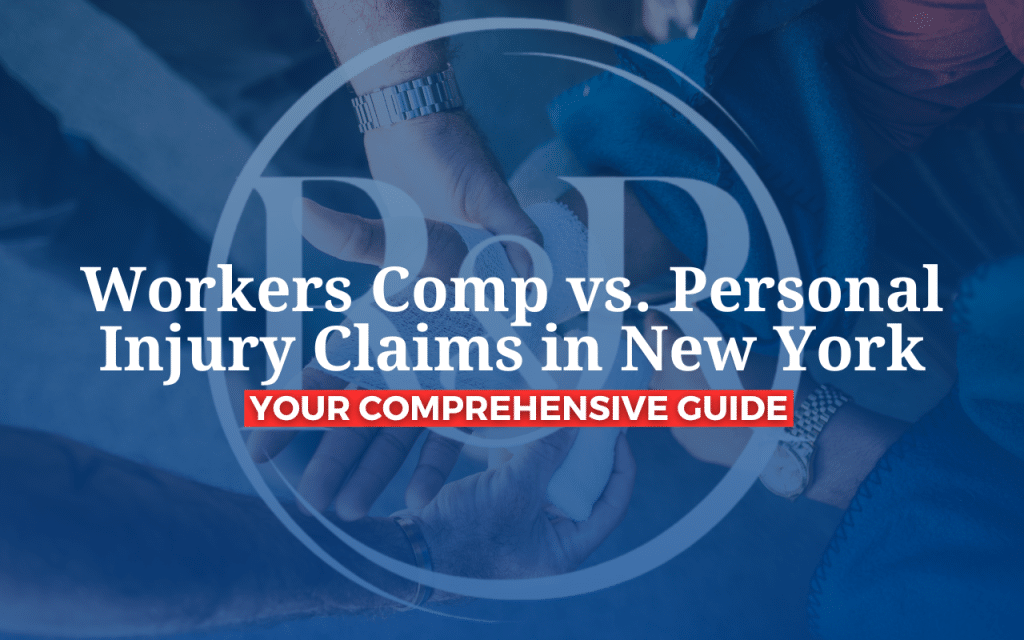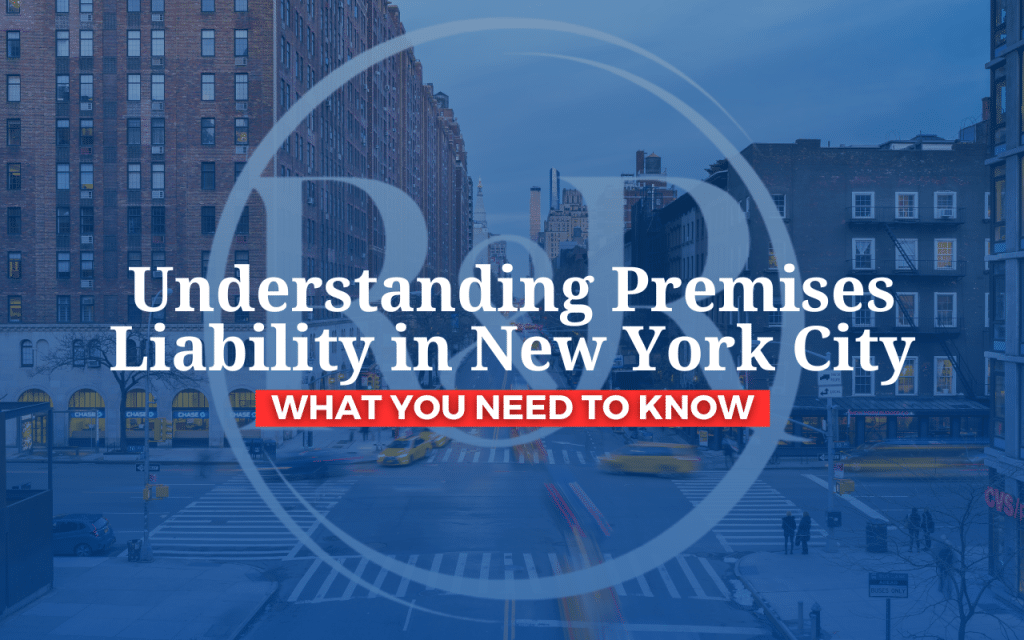Navigating a personal injury lawsuit can be a complex endeavor, especially when it comes to establishing the right to sue. At Rosenberg & Rodriguez, we understand that standing to sue is a fundamental yet often misunderstood concept in personal injury law. Whether you’ve been injured in a car accident, a slip and fall, or due to medical malpractice, understanding the elements of standing to sue is crucial for the success of your case.
What is Standing to Sue?
In the legal realm, “standing” refers to the ability of a party to demonstrate a sufficient connection to and harm from the law or action challenged to support that party’s participation in the case. Essentially, it determines whether a plaintiff has the right to bring a lawsuit to court. Without standing, a court will not hear your case, no matter how compelling your argument may be.
The Three Elements of Standing
To establish standing to sue in the state of New York, a plaintiff must satisfy three key elements:
- Injury in Fact
- Causation
- Redressability
Each of these elements plays a critical role in ensuring that the legal system only entertains genuine disputes between parties with a vested interest in the outcome.
1. Injury in Fact
The first and foremost element of standing is “injury in fact.” This requirement means that the plaintiff must have suffered or will imminently suffer a concrete and particularized injury. The injury must be actual or imminent, not hypothetical or conjectural.
Concrete and Particularized
- Concrete means that the injury must be real and tangible, not abstract. For instance, in a personal injury case, a physical injury such as a broken bone or emotional distress resulting from a traumatic event can constitute a concrete injury.
- Particularized means the injury must affect the plaintiff in a personal and individual way. It is not enough for a plaintiff to allege that a general harm has occurred; the harm must specifically impact the plaintiff.
Actual or Imminent
The injury must have already occurred or be imminent. Merely anticipating a future injury without a clear indication that it will occur does not meet the threshold for standing.
2. Causation
The second element of standing requires a causal connection between the injury and the conduct being challenged. The plaintiff must show that the injury is fairly traceable to the defendant’s actions and not the result of the independent actions of a third party not before the court.
Fairly Traceable
- Direct Link: There must be a direct link between the defendant’s conduct and the plaintiff’s injury. For example, if a driver runs a red light and collides with another vehicle, causing injury, the causation is clear.
- Not Attributable to Third Parties: The injury cannot be attributed to actions of someone who is not a party in the lawsuit. This ensures that the defendant is actually responsible for the harm alleged by the plaintiff.
3. Redressability
The final element of standing is “redressability,” which evaluates whether a favorable court decision is likely to redress, or remedy, the injury suffered by the plaintiff.
Likelihood of Redress
- Effective Relief: The court must be able to provide effective relief that addresses the injury. In personal injury cases, this often means that monetary damages or an injunction can adequately compensate or address the harm.
- No Speculation: The relief must not be based on speculation or conjecture. There must be a reasonable likelihood that the court’s intervention will solve the issue at hand.
Why Standing Matters in Personal Injury Cases
Understanding and establishing standing to sue is crucial for personal injury plaintiffs for several reasons:
- Court Access: Without standing, plaintiffs cannot proceed with their lawsuit, regardless of the merits of their case. Establishing standing is the first hurdle that must be cleared to gain access to the courts.
- Case Strength: Demonstrating standing strengthens the plaintiff’s case by showing that the plaintiff has a legitimate basis for seeking judicial intervention.
- Efficient Use of Court Resources: Standing ensures that the courts focus on actual controversies where the parties have a real interest in the outcome, promoting the efficient use of judicial resources.
Standing in New York Personal Injury Law
In New York, personal injury lawyers must be adept at navigating the nuances of standing to ensure their clients’ cases can proceed. At Rosenberg & Rodriguez, we meticulously analyze each case to confirm that the elements of standing are met, thereby positioning our clients for success. Our expertise in New York personal injury law enables us to adeptly address challenges related to standing, ensuring that our clients’ rights are robustly defended.
Common Challenges and Misconceptions
While the elements of standing may seem straightforward, several challenges and misconceptions can arise in personal injury cases:
Misconception 1: Any Harm Suffices
Not all harms meet the criteria for injury in fact. Emotional distress, for instance, must be substantiated with evidence demonstrating its impact on the plaintiff’s life, rather than asserting it as a mere inconvenience.
Misconception 2: Causation is Always Direct
Causation can be complex, especially in cases involving multiple parties or indirect harm. An experienced attorney can help untangle these complexities and demonstrate how the defendant’s actions specifically led to the plaintiff’s injury.
Misconception 3: Redressability is Guaranteed
Even if injury and causation are established, plaintiffs must still show that the court can provide a remedy that effectively addresses the injury. This is particularly relevant in cases seeking injunctive relief, where the requested remedy must be both legal and practical.
Contact Rosenberg & Rodriguez For More Information
Establishing standing to sue is foundational to any successful personal injury claim. At Rosenberg & Rodriguez, we are committed to safeguarding our clients’ rights and ensuring their claims are heard. By understanding and effectively demonstrating the elements of standing—injury in fact, causation, and redressability—we help our clients navigate the complex landscape of personal injury law in New York.
If you believe you have a personal injury claim and want to ensure your right to stand before the court, contact Rosenberg & Rodriguez today for a consultation. Our team of seasoned attorneys is here to guide you through every step of the process and advocate passionately on your behalf.




